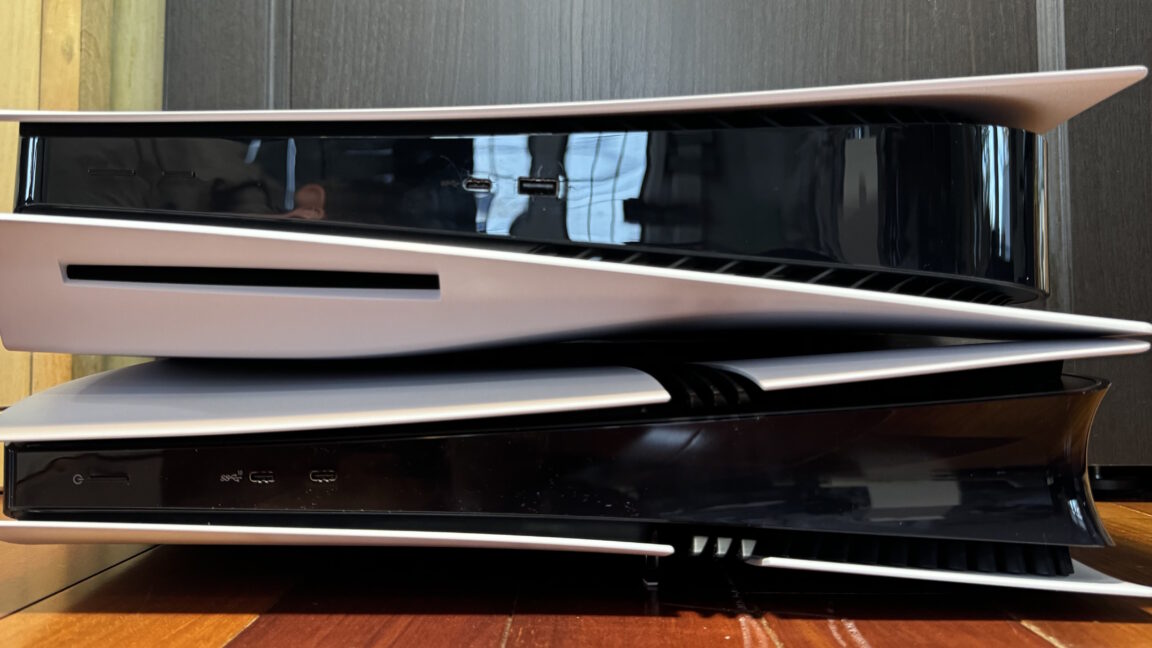- Posted On:2024-12-19 01:12
-
1057 Views
The $700 price tag isn’t hurting PS5 Pro’s early sales

When Sony revealed the PlayStation 5 Pro a few months ago, some wondered just how many people would be willing to spend $700 for a marginal upgrade to the already quite powerful graphical performance of the PS5. Now, initial sales reports suggest there's still a substantial portion of the console market that's willing to shell out serious money for top-of-the-line console graphics. Circana analyst Matt Piscatella shared on Bluesky this morning that the PS5 Pro accounted for a full 19 percent of US PS5 sales in its launch month of November. That sales ratio puts initial upgrade interest in the PS5 Pro roughly in line with lifetime interest in the PS4 Pro, which recent reports suggest was responsible for about 20 percent of all PS4 sales following its launch in 2016. That US sales ratio also lines up with international sales reports for the PS5 Pro launch. In the UK, GfK ChartTrack reports that the PS5 Pro was responsible for 26 percent of all console sales for November. And in Japan, Famitsu sales data suggests the PS5 Pro was responsible for a full 63 percent of the PS5's November sales after selling an impressive 78,000 units in its launch week alone.
Shut up and take my money
In the US, raw unit sales for the PS5 Pro were down slightly (12 percent) compared to those for the PS4 Pro's launch month in November 2016, Piscatella writes. But the PS5 Pro still managed to bring in 50 percent more total US revenue in its launch month, owing to the PS4 Pro's much more reasonable $400 launch price (or $533 in 2024 dollars). That suggests the PS5 Pro's high price has had only a small impact on the market of early adopters who want the most powerful consoles as soon as possible. And it lends concrete support to statements from Sony President Hiroki Totoki, who told investors in November that "pricing on PS5 Pro has not had a negative impact" on sales. "Hardcore users are the target of this hardware," he added.
It's too early to say whether that initial interest from "hardcore users" will last beyond the early adopter phase, of course. Even a market flop like the Wii U showed strong early sales before cratering, after all. And there are early signs that Sony's substantial initial supply of PS5 Pro units is still outstripping the early demand—the new hardware failed to sell out during its pre-release, and scalpers hoping for a quick payday on resale sites were often forced to sell their units at a loss after launch. The fact that tens of millions of gamers are still regularly using their PS4s also suggests a substantial market of console gamers that don't see a need to upgrade even years after the PS5's launch. That might be in part because the PS5 itself still has relatively few exclusives that won't also run on the PS4 (with less graphical oomph) or competing platforms like PC or the Switch. Still, early indications suggest that Sony's pursuit of a two-tiered, mid-generation upgrade strategy still makes at least some sense for the console market of 2024. That's despite Microsoft's Phil Spencer's recent comments that the company isn't interested in "incremental hardware" upgrades that don't "really give you a unique experience on screen in some way."
